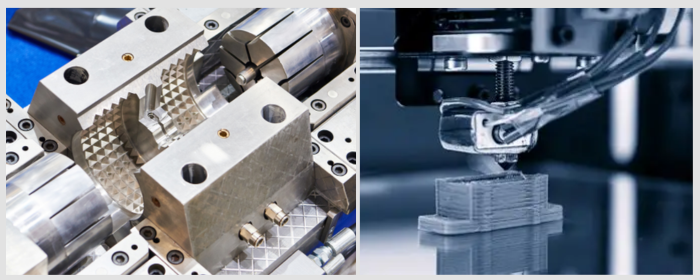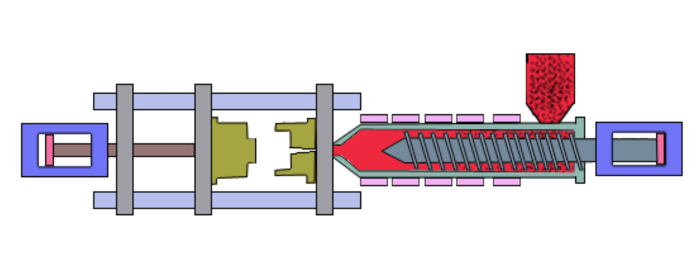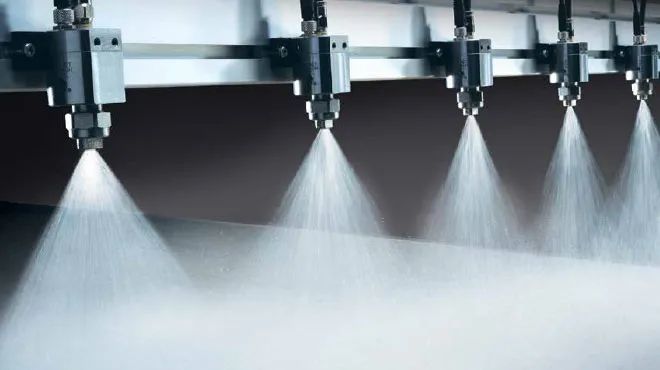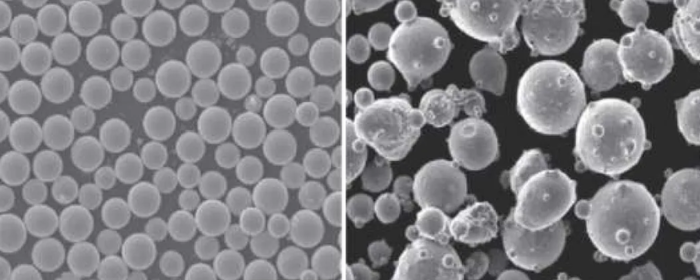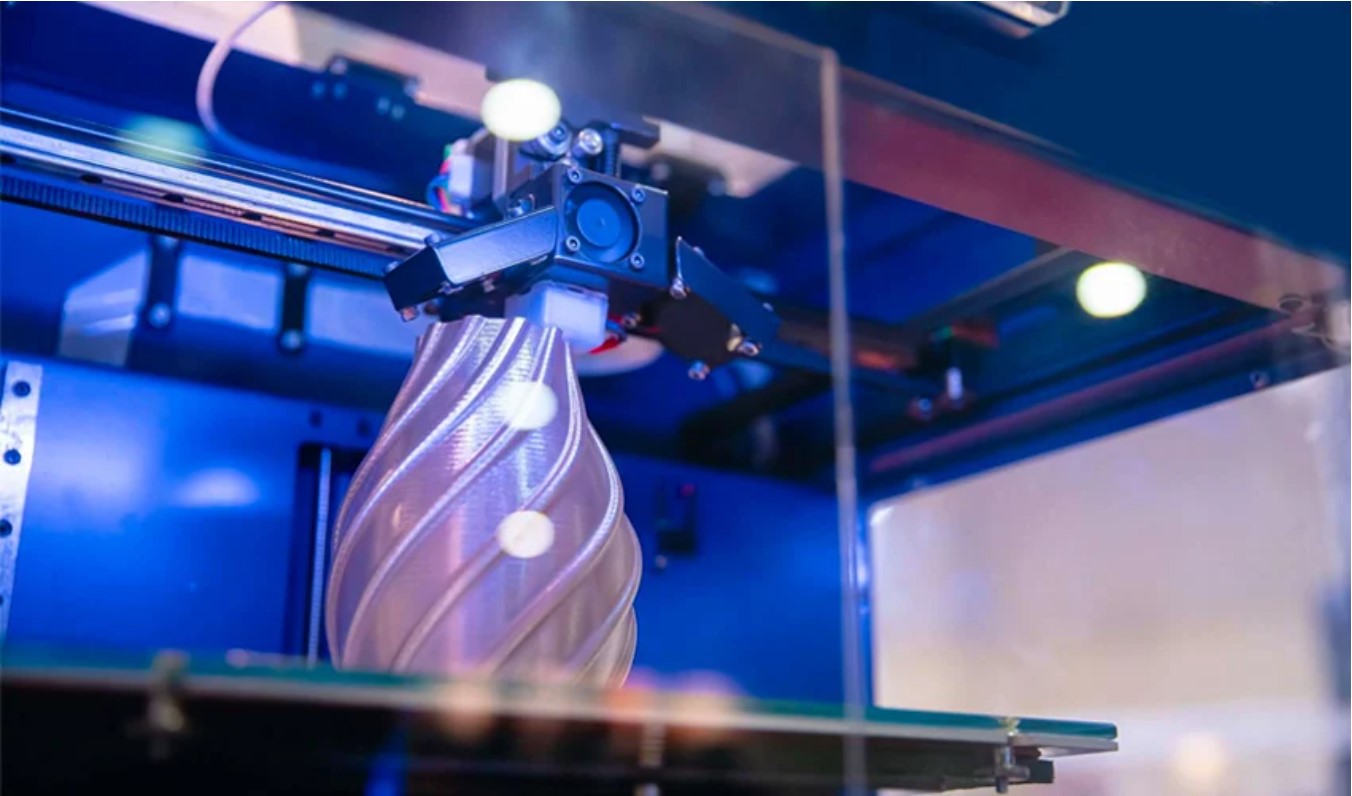

The aerospace industry is a realm where innovation and advanced materials play a pivotal role in shaping the future of flight. One such material that has been quietly revolutionizing aerospace engineering is iron powder. Traditionally associated with humble applications like metallurgy and manufacturing, iron powder has found its way into the high-tech world of aviation, offering a unique combination of properties that enhance performance while reducing weight.
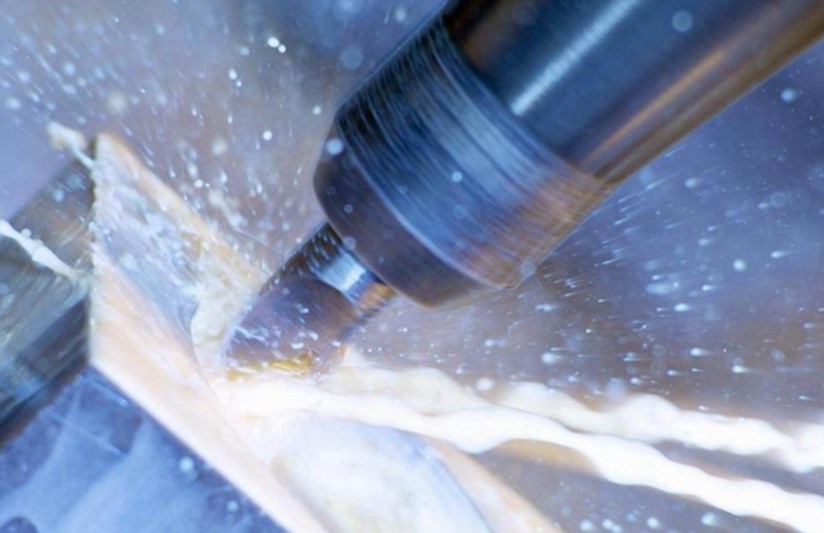
Weight is a critical factor in aerospace design. Every additional pound of weight requires more energy for propulsion, potentially limiting range, fuel efficiency, and payload capacity. Aerospace engineers are in a constant battle to reduce weight without compromising structural integrity or safety.
Iron powder's journey into aerospace began with its exceptional properties. This finely divided iron is not only abundant but also possesses several characteristics that make it an attractive choice for aerospace applications:
1. Lightweight: Iron powder is significantly lighter than many traditional metals, making it an ideal candidate for applications where weight reduction is crucial, such as aircraft and spacecraft.
2. High Strength: Iron powder's strength-to-weight ratio is impressive, allowing engineers to design lightweight structures without sacrificing durability.
3. Corrosion Resistance: Properly treated iron powder can be highly resistant to corrosion, an essential feature for aerospace components exposed to extreme environmental conditions.
4. Thermal Conductivity: Iron's thermal conductivity properties make it valuable for applications where heat management is critical, like in engines and thermal shielding.
Additive Manufacturing (3D Printing): Iron powder is used in additive manufacturing processes to create intricate aerospace components with complex geometries. This technology enables the production of lightweight yet strong parts that are difficult or impossible to manufacture using traditional methods.

Composite Materials: Iron powder is incorporated into composite materials used for aircraft and spacecraft construction. These composites offer increased strength, reduced weight, and improved resistance to environmental factors.
Thermal Management: Iron powder-based materials are used in the design of thermal insulation and heat shields. Their excellent thermal conductivity helps manage heat within engines and other critical components.
Erosion Resistance: Iron powder coatings are applied to aircraft surfaces, protecting them from erosion caused by high-speed airflow and environmental factors.
Ballast and Balance: Iron powder can be used as ballast material to fine-tune the balance and stability of aircraft and spacecraft.
The integration of iron powder in aerospace comes with several notable benefits:
Weight Reduction: Iron powder's lightweight nature contributes to improved fuel efficiency and payload capacity.
Enhanced Performance: Components made with iron powder are often stronger, more durable, and better at withstanding extreme conditions.
Cost Efficiency: Iron is readily available and cost-effective, making it an attractive choice for aerospace manufacturers.
However, there are challenges to consider, such as ensuring the proper treatment and protection of iron powder to prevent corrosion, as well as addressing any potential issues related to magnetic properties in sensitive aerospace equipment.
Iron powder's journey from foundry floors to aerospace engineering is a testament to the constant pursuit of innovation in the aviation industry. Its unique combination of properties, including lightweight strength and corrosion resistance, has made it an invaluable material for enhancing aerospace performance while reducing weight – a mission-critical goal for modern aircraft and spacecraft design. As aerospace technology continues to evolve, it's likely that iron powder will play an even more prominent role in shaping the future of flight.

